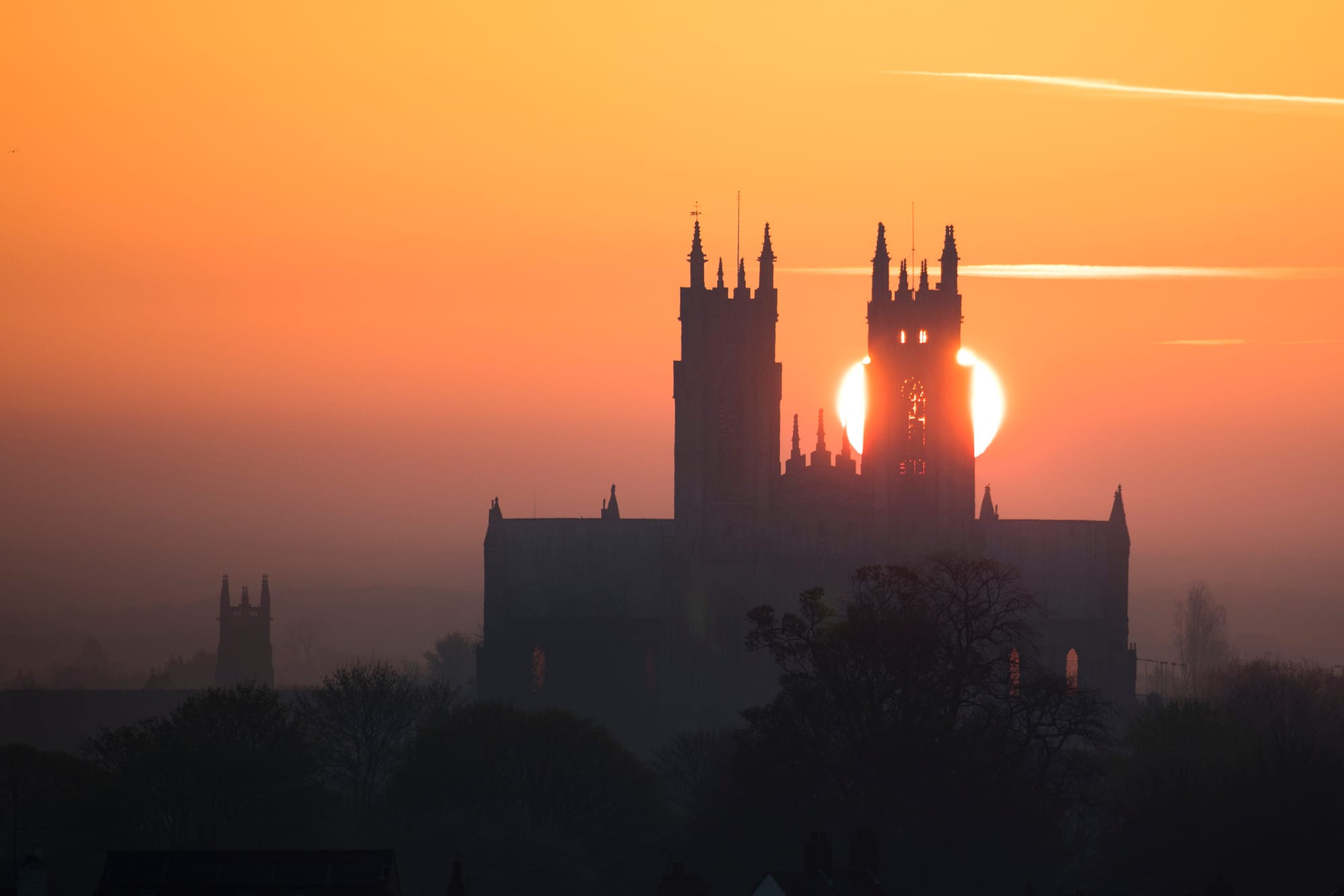
This article is a part of the Eustace collection - aimed at helping others create counter-narratives to threats to our historic environment.
Learn more about EustaceAccess all the Eustace articles here:
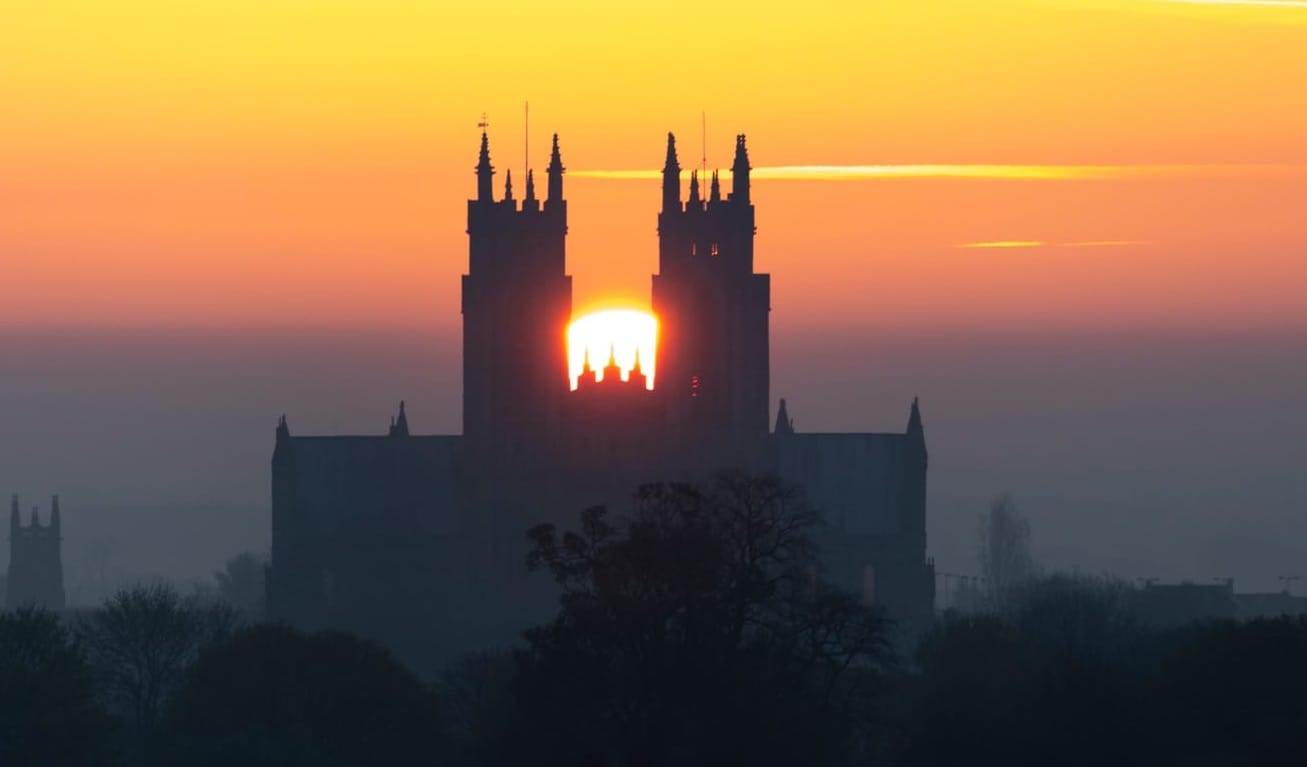

1620
1620, was a year of paradox. It was a year of abundance and yet a year that still enshrined religious discrimination with the echoes of the Gunpowder Plot, from only 15 years earlier, still reverberating.
It marked a juncture of both burgeoning possibilities and the persistent weight of history. Some argue that this era served as a tipping point into modernity, while the shadow of the past, exemplified by witchhunts and divisive wars, cast a long and sombre pall over time.
The Northern Renaissance was well underway - out of the Jacobean came bolder ways of thinking - ways that might challenge notions of origin and the supremacy of God.
In 1620 there was a glimmer of hope in the treaty with Spain for the marriage of the Prince of Wales and the Infanta Maria Anna - it might lead to a relaxation of the rules against the Roman Catholics.
In 1620 the legendary journey began on the Mayflower - to a new destination and new hopes for freedom.

It was also in 1620 that Francis Bacon published his Novum Organum - a work that outlined a new system of logic by looking for the essence of things through the process of reduction.
And so I come to Long Compton in the Warwickshire Cotswolds.
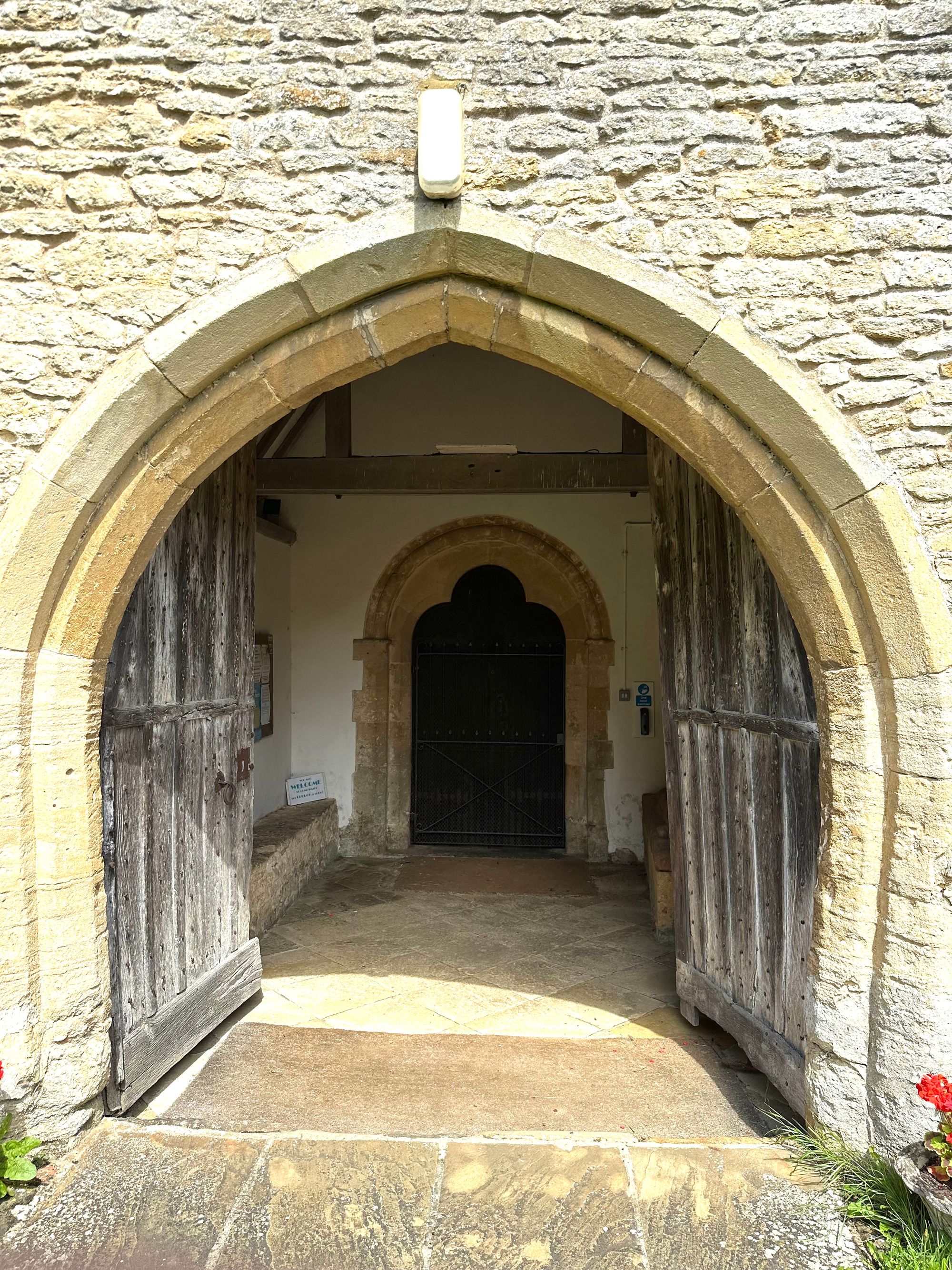
Weighed down with the complexities of modernity, I stand before the porch of St. Peter and St. Paul and take on the mantra of Bacon's Novum Organum.
I start with the porch and then I work my way to the door. I look for the essence of things and redact and reduce their complexity through the conduit of my lens.
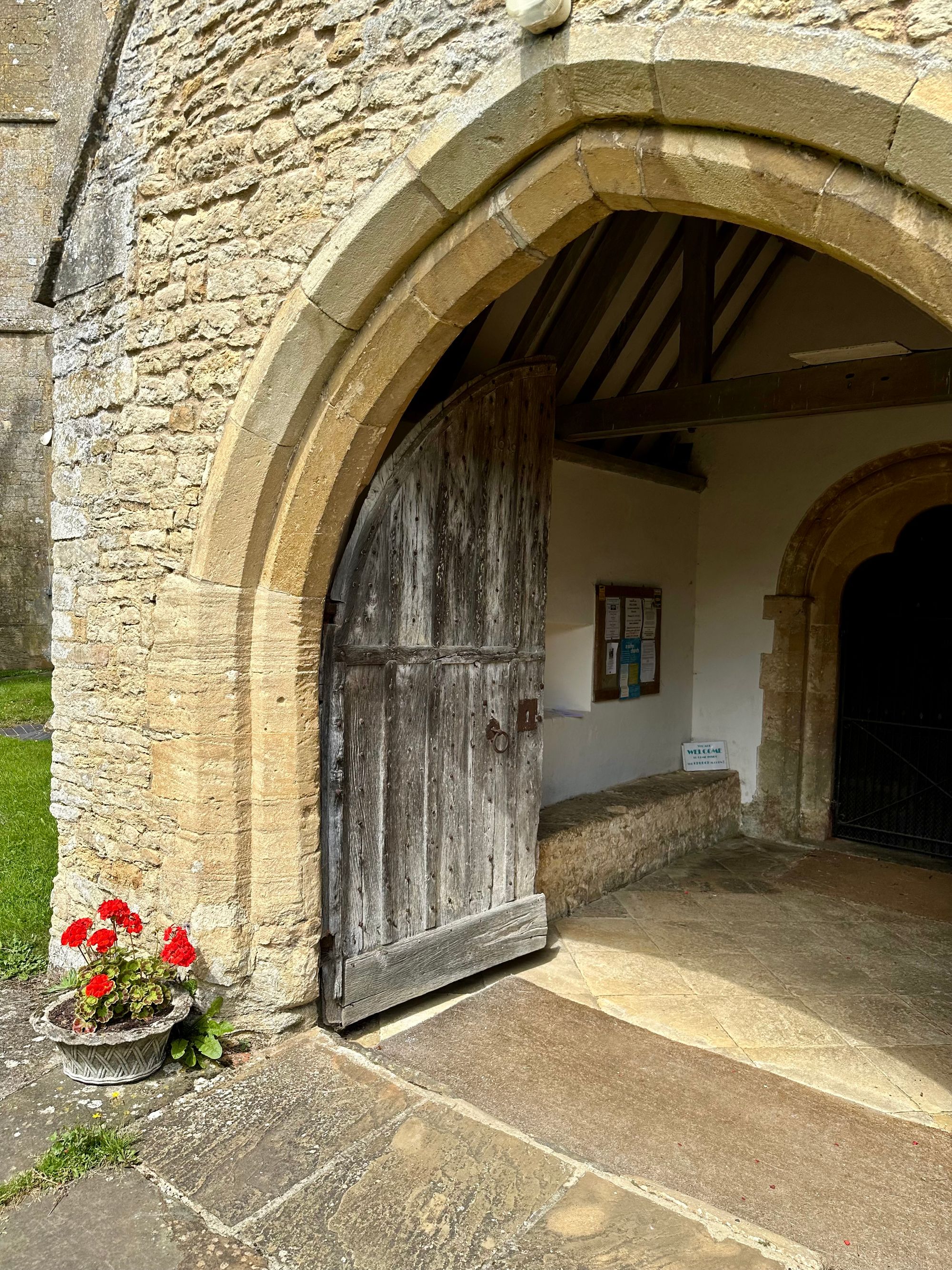
This time, my camera is not an instrument for recording, but a way of teaching me how to see and, like the Mayflower, a passage into another world.
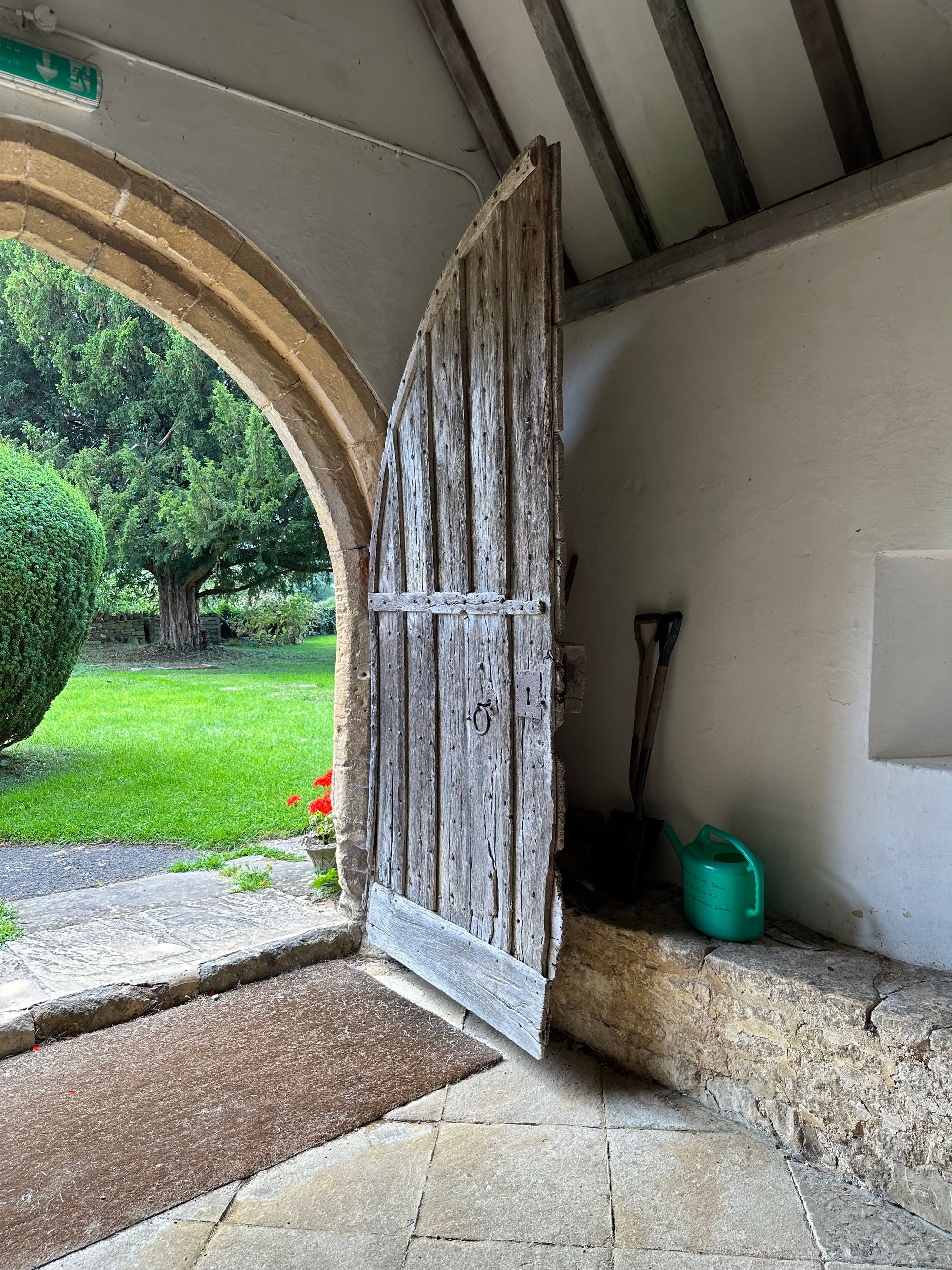
"This time, my camera is not an instrument for recording, but a way of teaching me how to see and, like the Mayflower, a passage into another world."
My camera is taking me beyond the threshold of time into the twill and texture of material that has been fashioned by human hands.
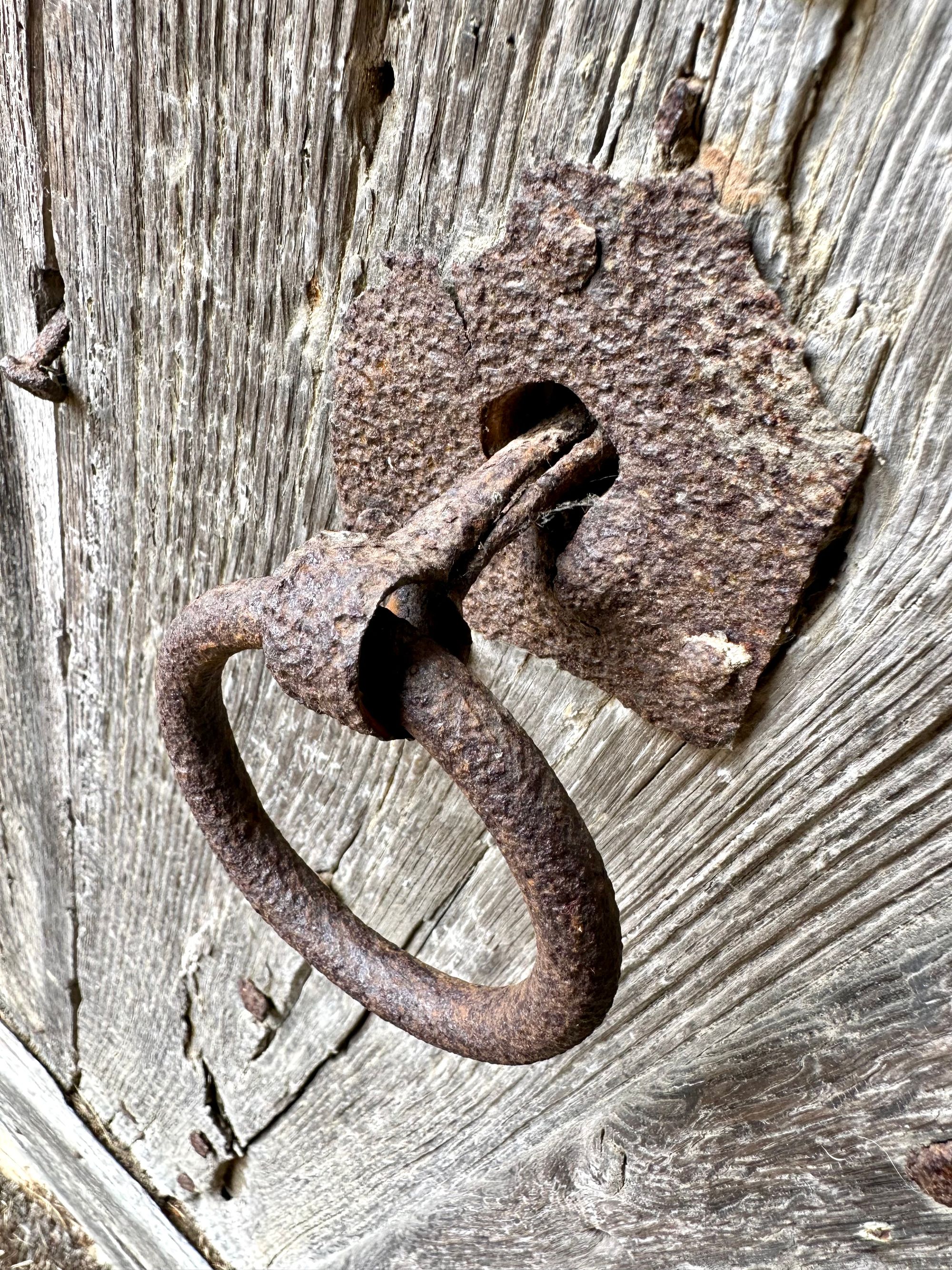
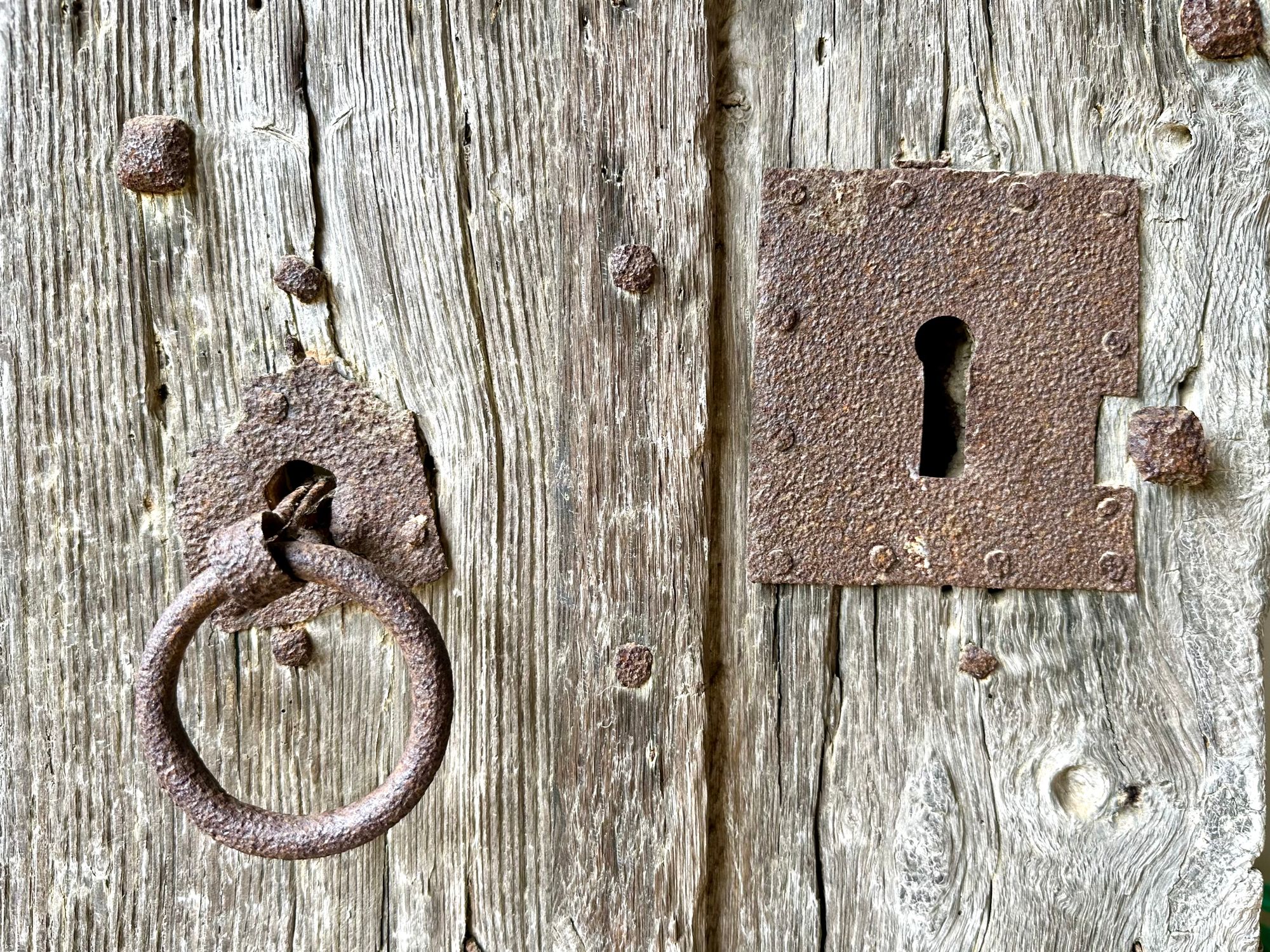
And because I take it upon myself to look and observe things through the lens, I'm rewarded with an image that conjures up a thought from centuries ago.
They thought to sacrifice the plate and save the nail. They thought to nick and cut around the nail.
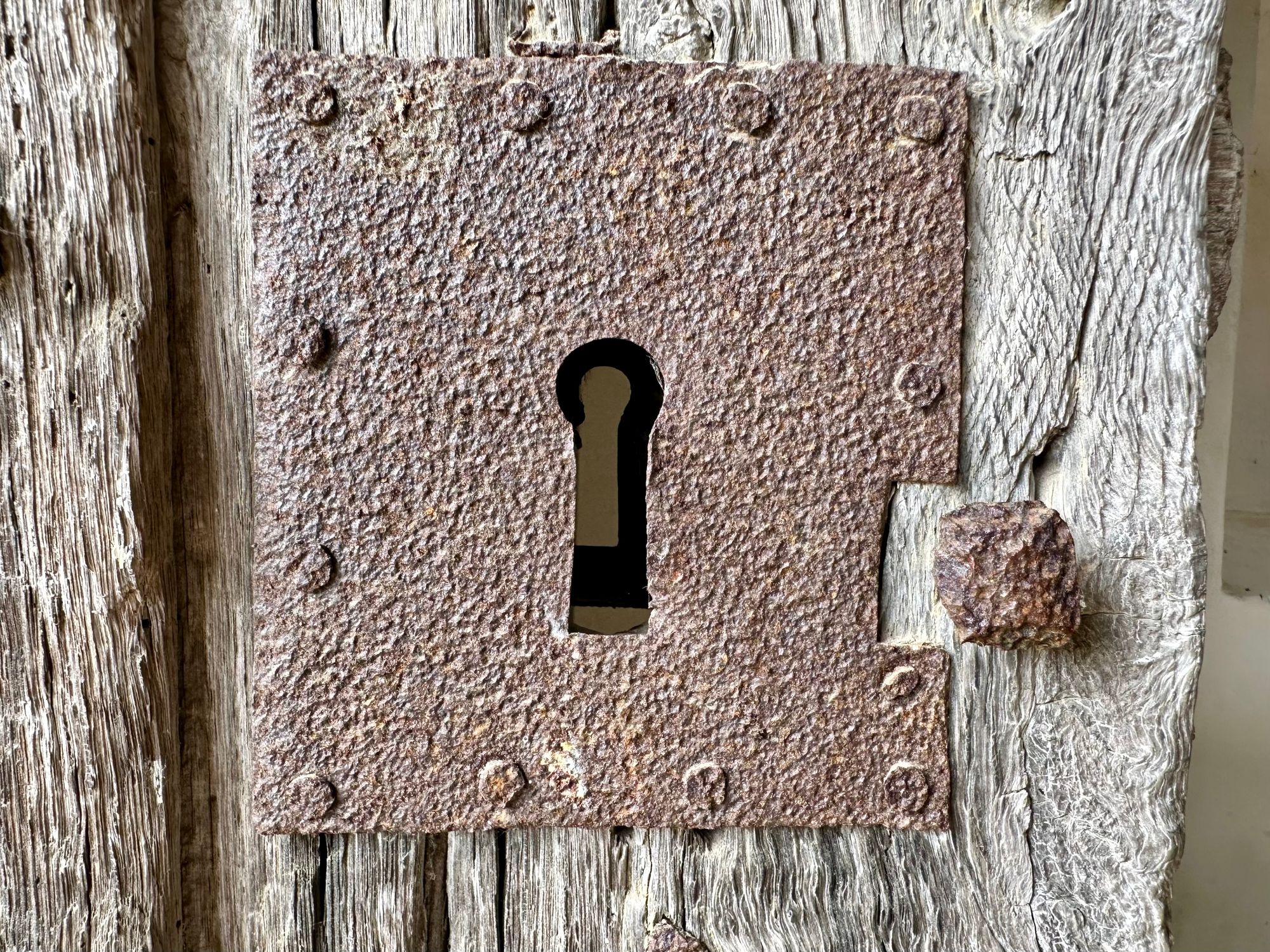
A single thought - an electrical impulse, that passed through the mind of another, like molten lava, and solidified into an imperfect lock plate and nail.
This single act that sprang from an intention is so telling of the year it was made: a more relaxed, pragmatic and vernacular view - one that didn't insist upon straight lines and pure perfection.
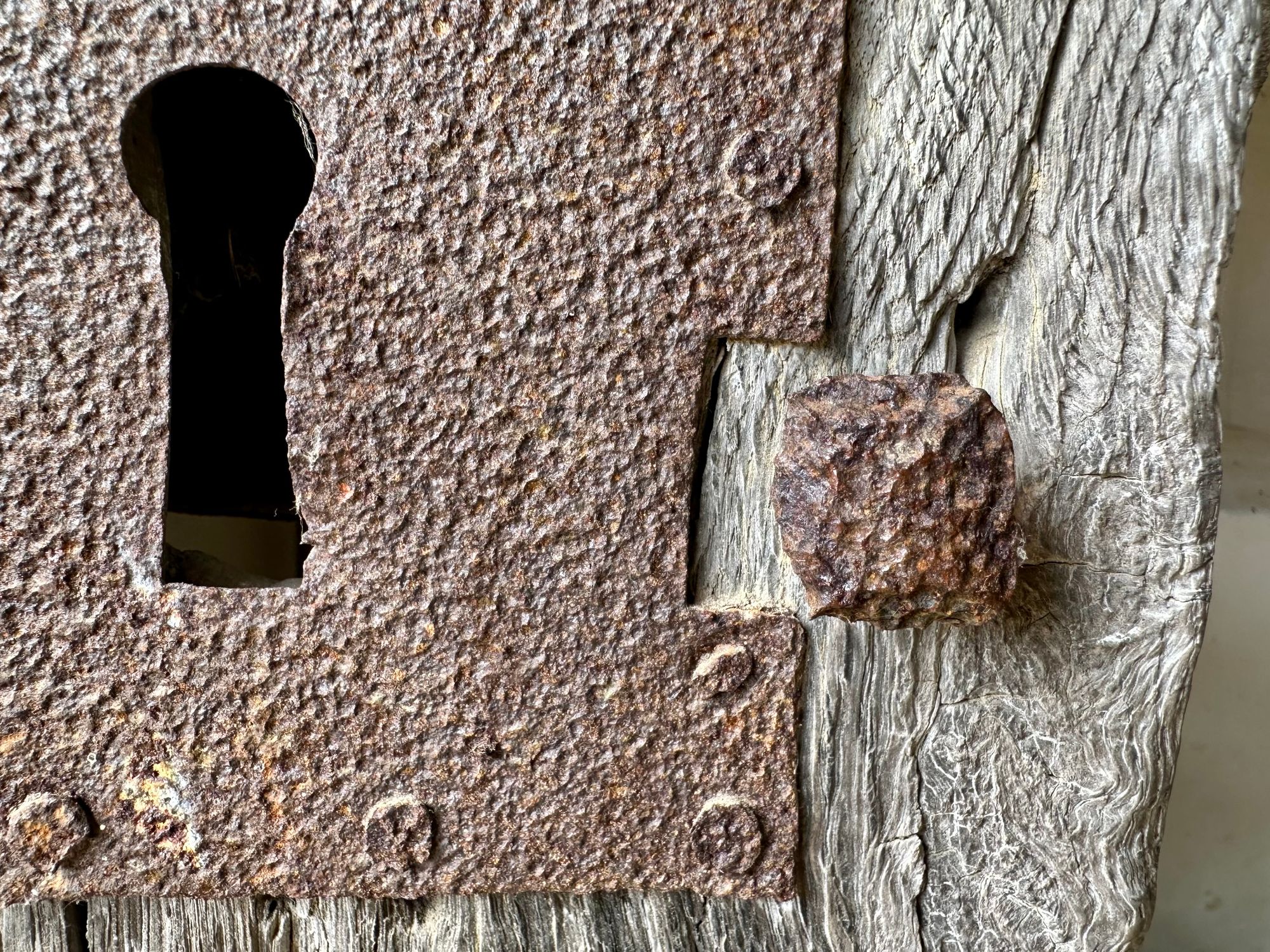
This charming imperfection conjures up our humanity, draws it up into my consciousness and dilutes the gush of our present times.
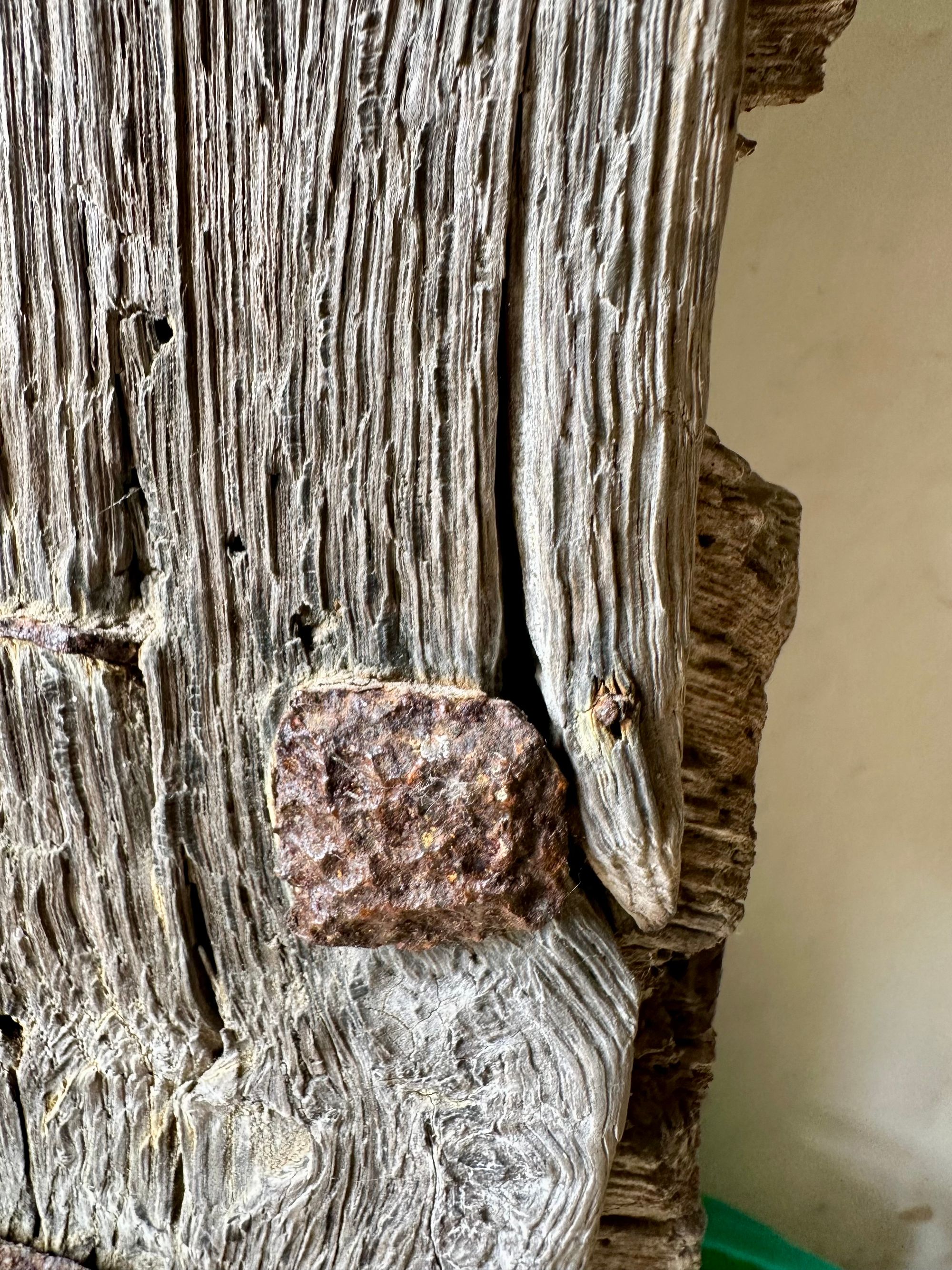
"This charming imperfection conjures up our humanity, draws it up into my consciousness and dilutes the gush of our present times."
And now my mind is fully tuned into this weatherbeaten door.
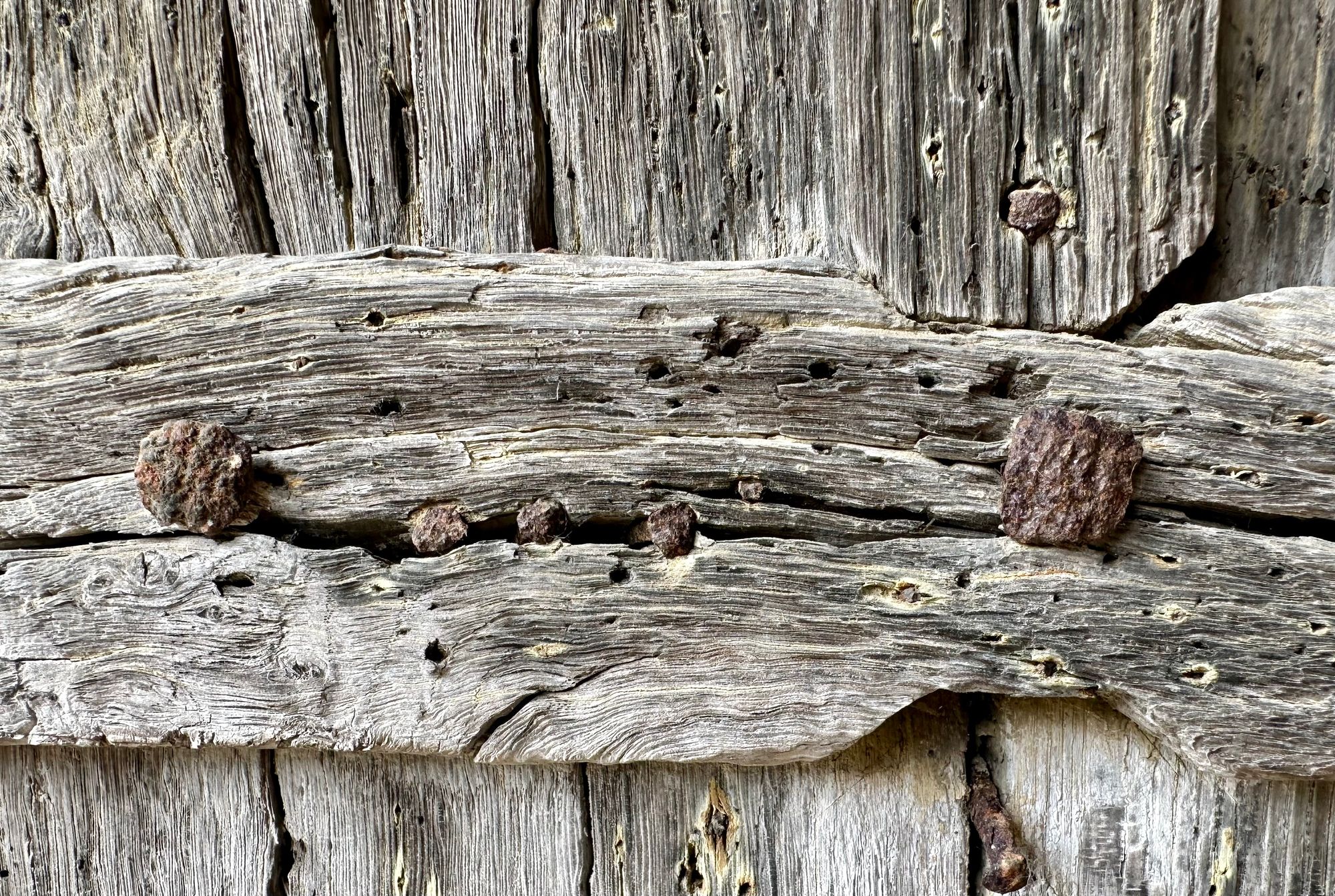
Novum Organum has cast its spell, and I'm shrinking my world into the essence of pattern and patina from another time. This has become a place where I'm able to dwell.
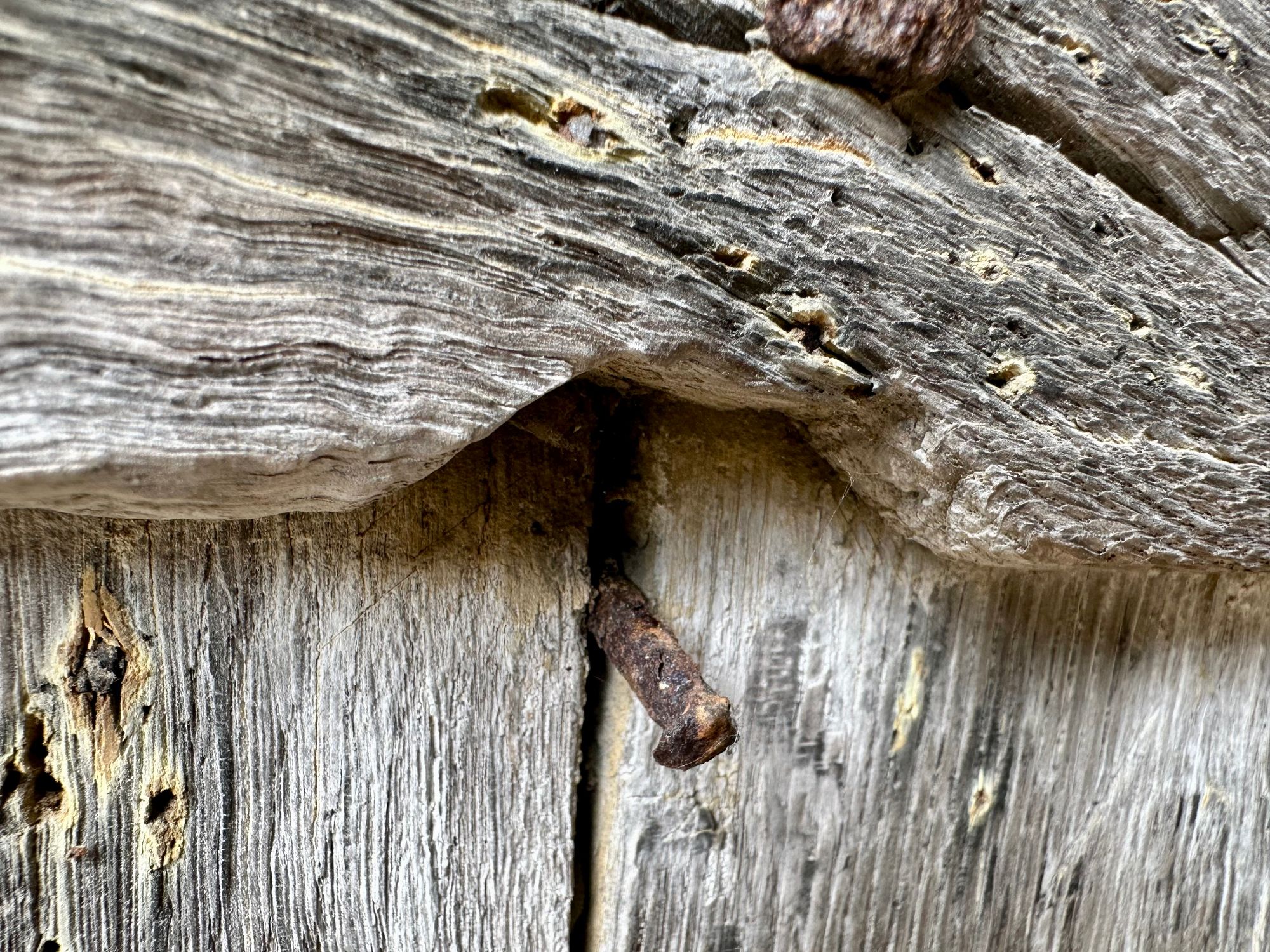
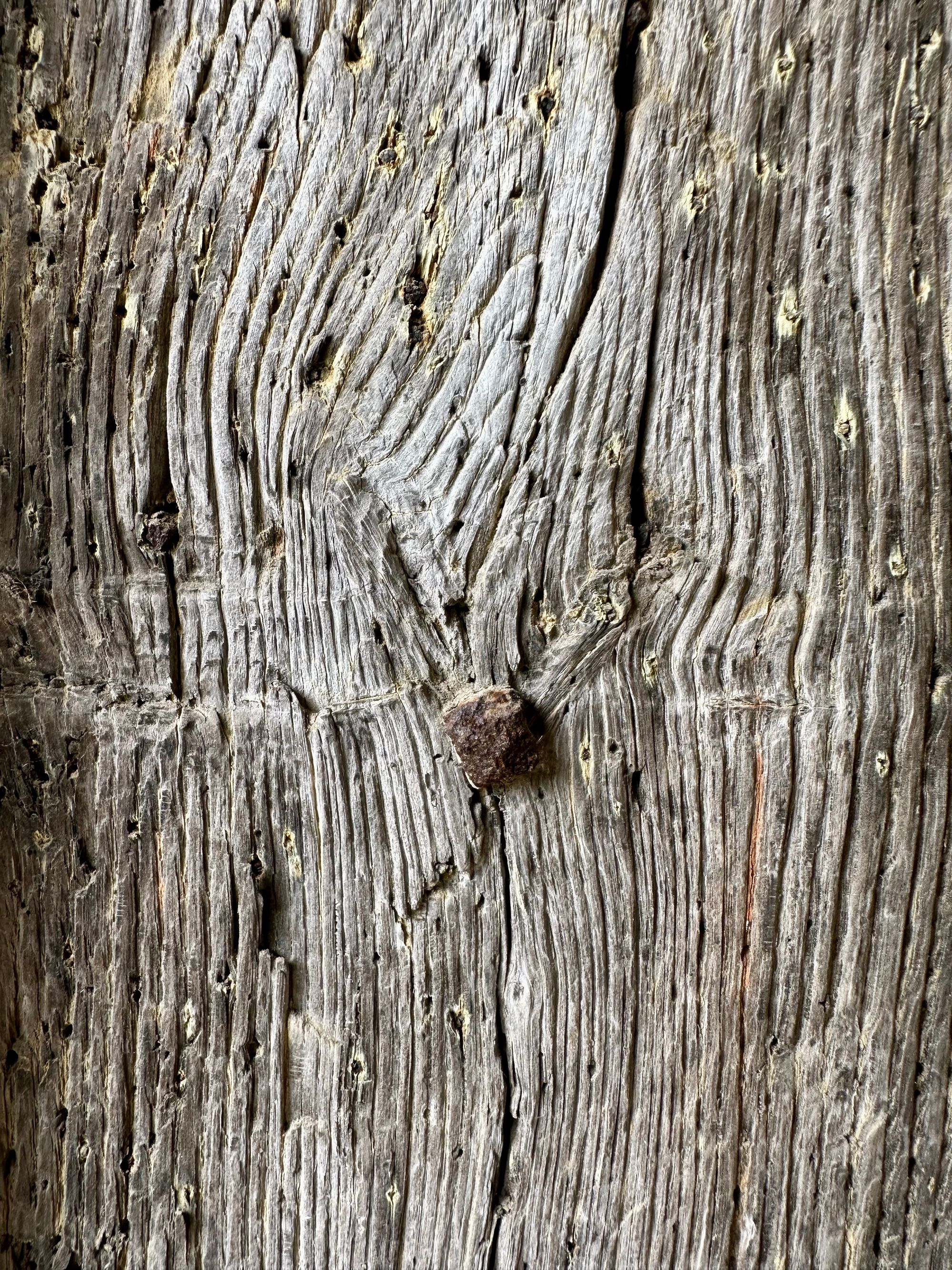
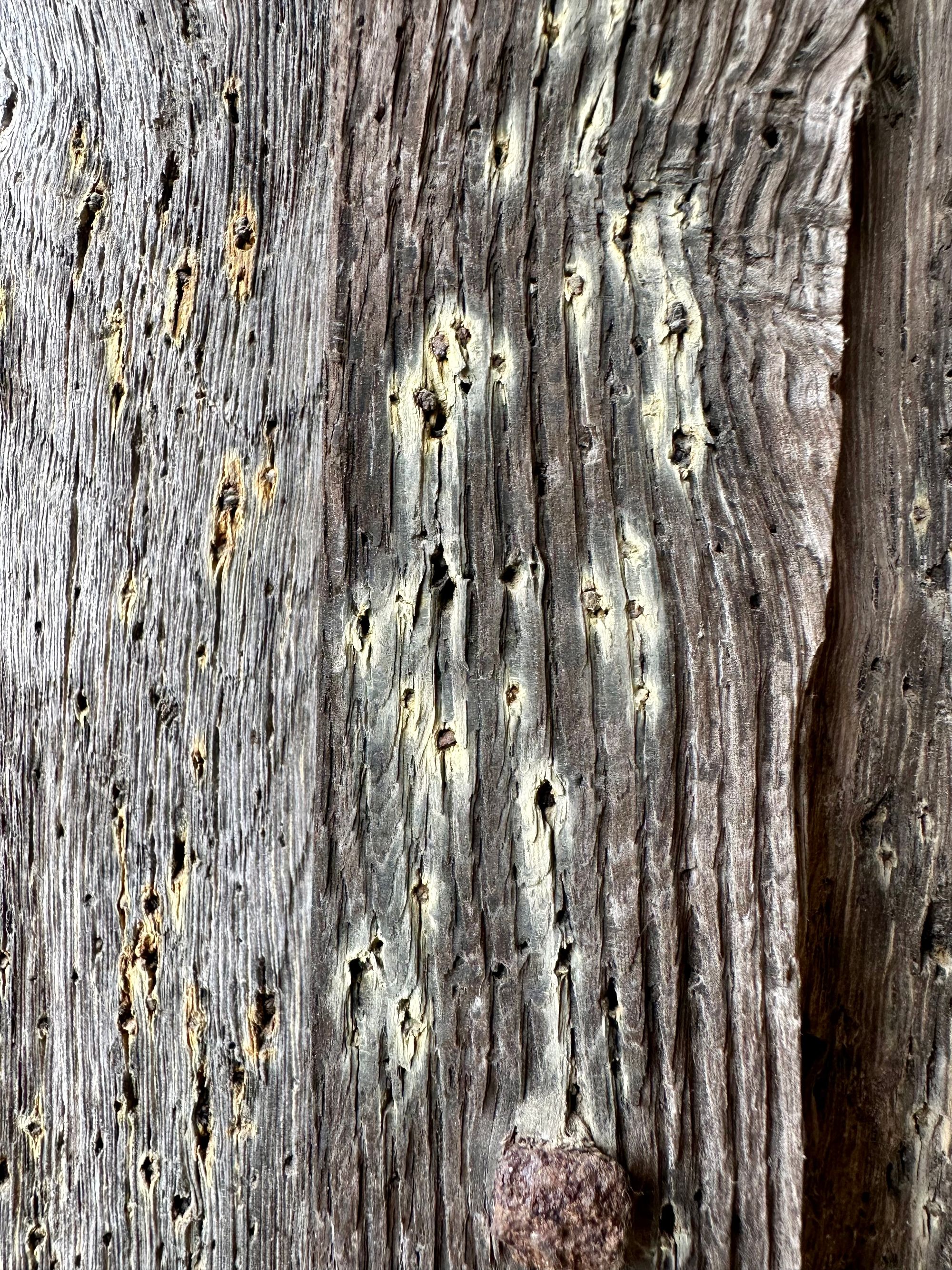
I think of all the years that have unfolded since 1620, the ever growing intricacies of our world that have led us to the complexity of modernity. It's astonishing to think about the vast expanse of time that separates us from that pivotal year, akin to a river with countless currents and eddies, each moment re-shaping and negating the memories of the past.
With the tendency of our world to impose itself upon the past - to break it up into digestible LED-lit chunks behind shiny glass - I find it hard to think how anything like this can survive the perils of our times.
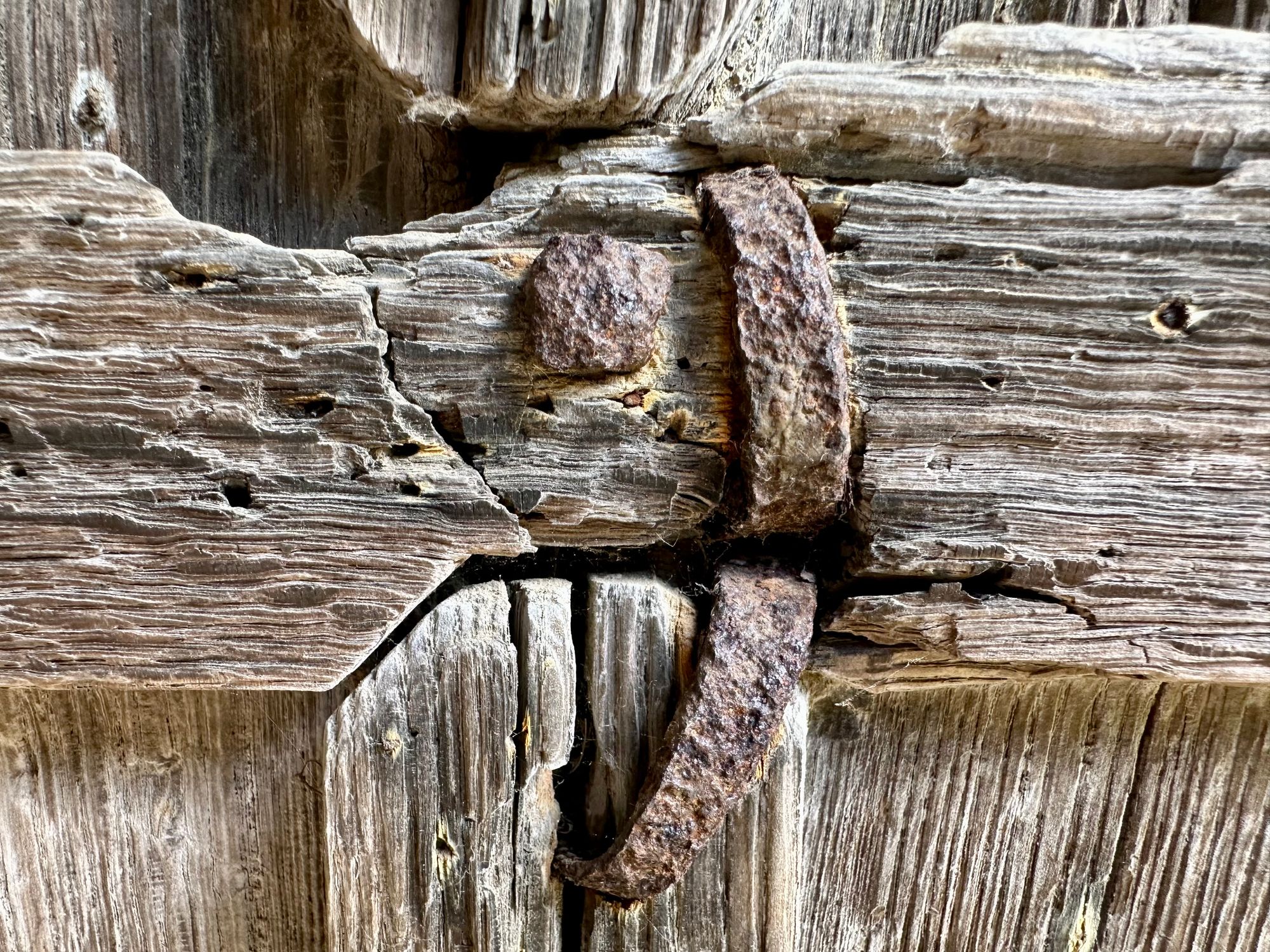
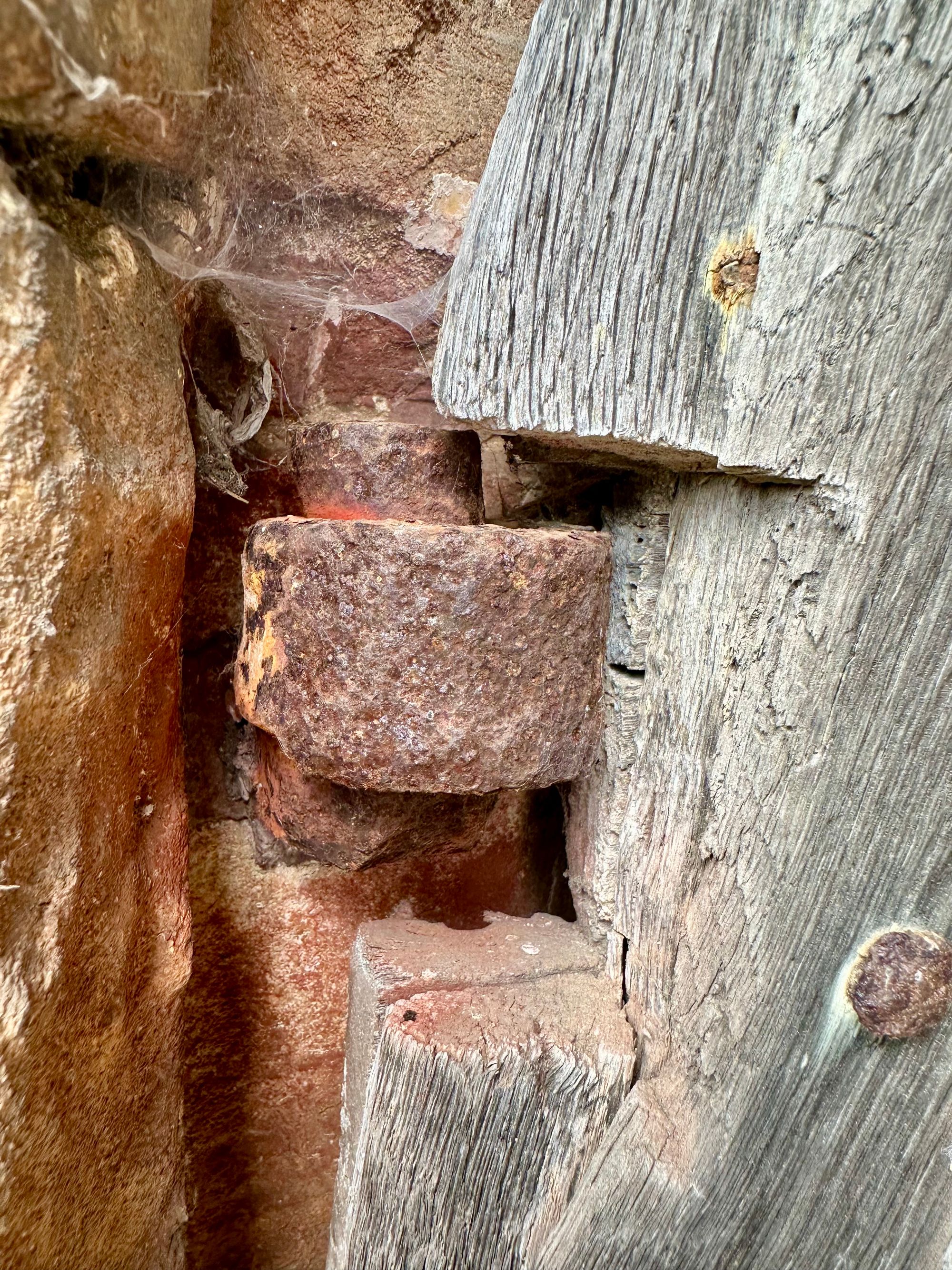
I'm struck by how rare and significant this door is, as it clings precariously to our present day, but, more than anything else, I'm struck by how invisible these momentous things are to us.
I'm reminded of some words by Paul Nash:
" The landscapes I have in mind are not part of the unseen world in a psychic sense, nor are they part of the Unconscious. They belong to the world that lies visibly about us. They are unseen merely because they are not perceived; only in that way can they be regarded as invisible."
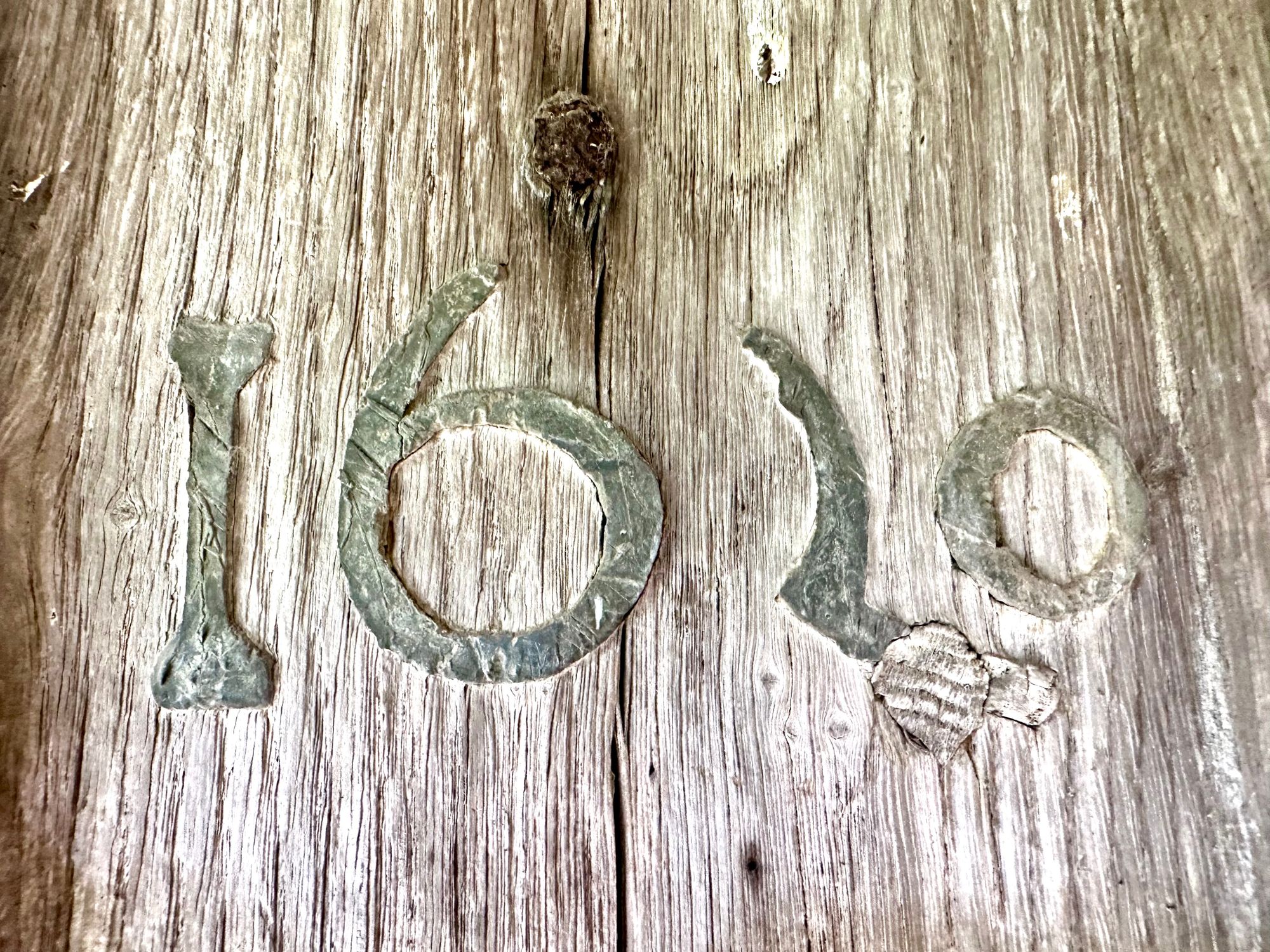
"...more than anything else, I'm struck by how invisible these momentous things are to us. "
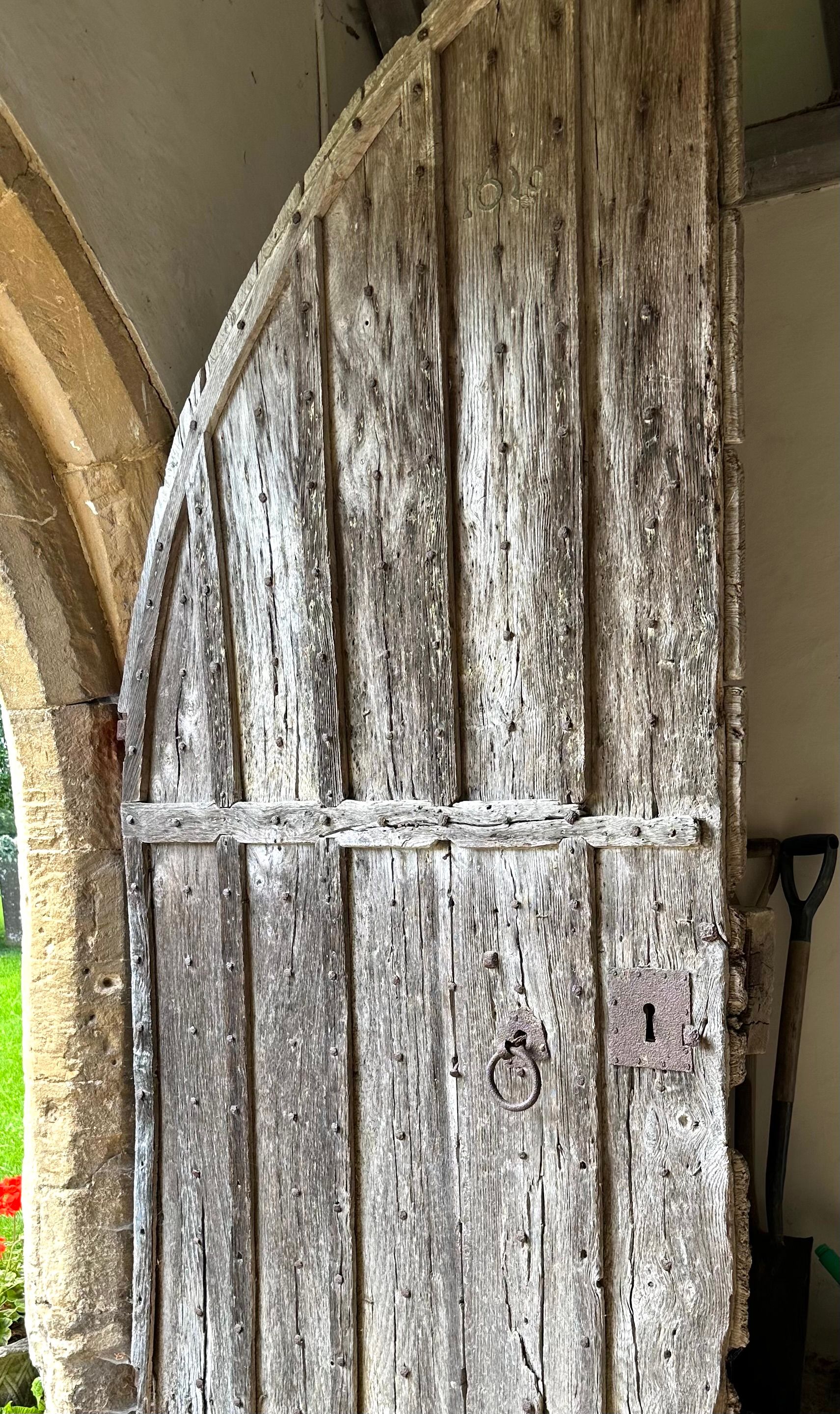
Photographs and words by Andy Marshall (unless otherwise stated). Most photographs are taken with Iphone 14 Pro and DJI Mini 3 Pro.



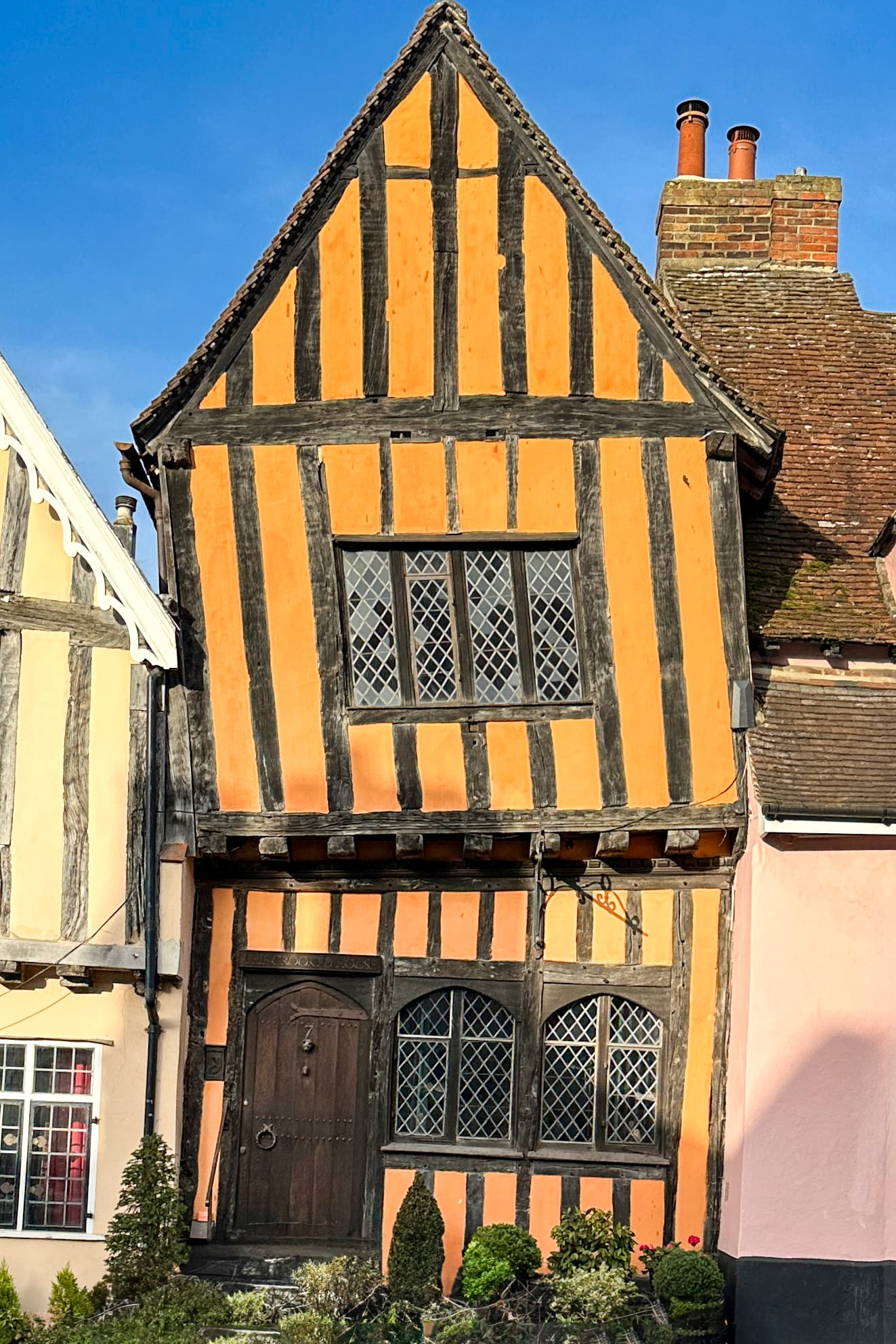

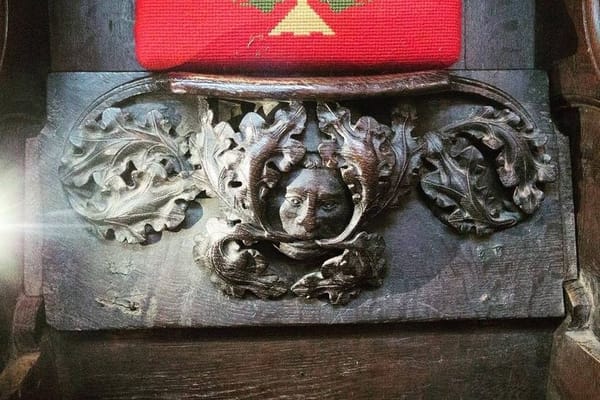
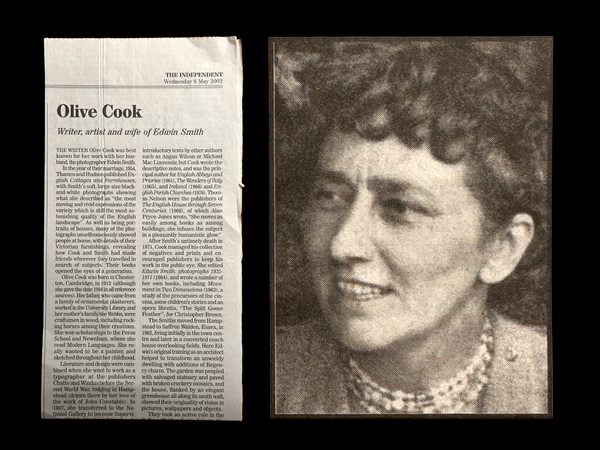
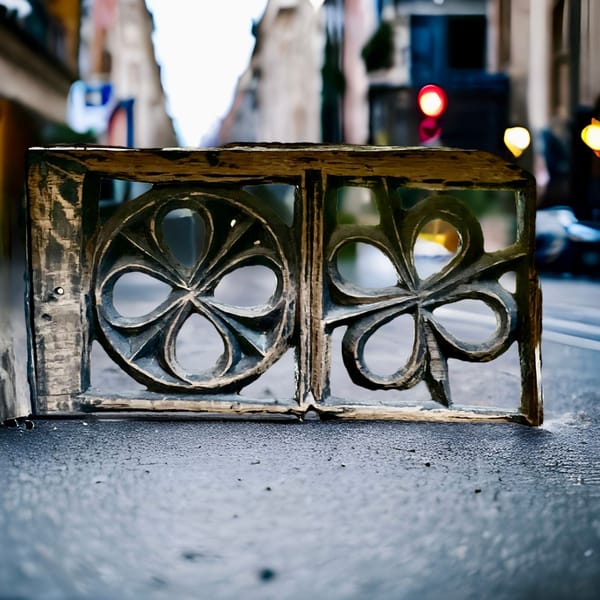

Member discussion